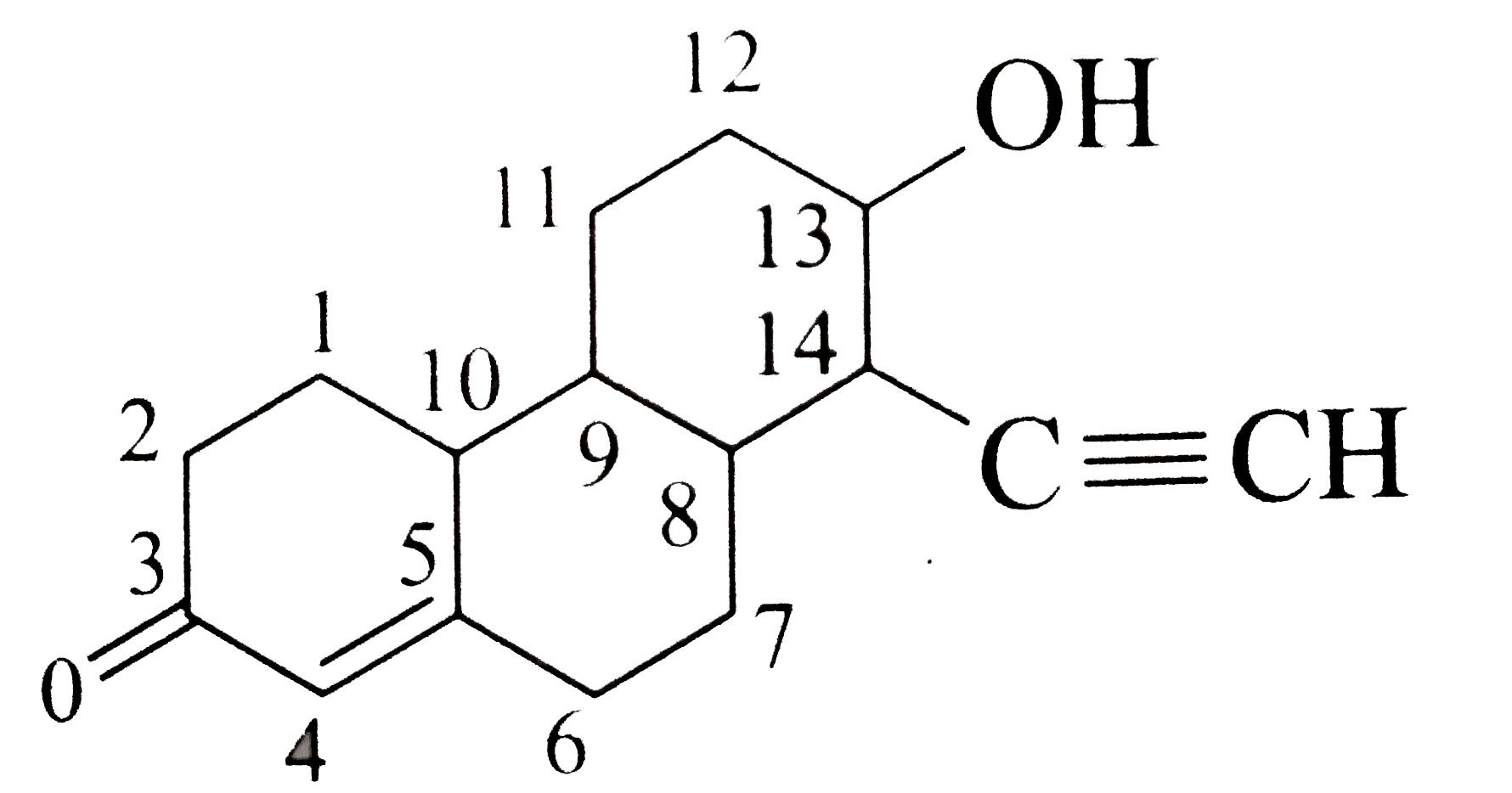Generally, a group of atoms can function as a ligand if
(a) They are positively charged ions
(b) They are free radicals
(c) They are either neutral molecules or negatively charged ions
(d) None of these
The correct Answer is:C
Ligand must have the capacity to donate lone pair of electrons to form coordinate bond.
Topper's Solved these Questions
- COORDINATION COMPOUNDSBOOK - A2ZCHAPTER - COORDINATION COMPOUNDSEXERCISE - Nomenclature
23 Videos
- COORDINATION COMPOUNDSBOOK - A2ZCHAPTER - COORDINATION COMPOUNDSEXERCISE - Structural Isomerism
31 Videos
- CHEMICAL KINETICSBOOK - A2ZCHAPTER - CHEMICAL KINETICSEXERCISE - Section D - Chapter End Test
30 Videos
- ELECTROCHEMISTRYBOOK - A2ZCHAPTER - ELECTROCHEMISTRYEXERCISE - Section D - Chapter End Test
30 Videos
Similar Questions
What is the general formula of alcohols ? Write its functional group.
View SolutionA functional group of an organic compound is an atom or a group of atoms in the compound that determines its chemical properties and in most cases is one of the sites of its chemical reactions. How many functional groups are present in the following compound?

View Solution
Knowledge Check
A group of atoms can funcation as a ligand only when .
Aa.It is a small moleculeBb.It is capable of acting as donor of electron pairCc.it is a negatively charged ionDd.It is a positively charged ion .A functional group is an atom or group of atoms which determines the characteristic functions or chemical properties of a particular organic compound. A functional group contains one or more atoms of elements other than carbon such as oxygen, nitrogen, sulphur and halogens. These atoms are known as heteroatoms and they can replace one or more hydrogen atoms in a hydrocarbon chain. These heteroatoms are responsible for the specific properties of organic compounds regardless of nature and length of carbon chain. These heteroatoms or group of heteroatoms are known as functional groups. The examples of functional groups are - OH, - F,- Cl, -Br, - CHO, - COOH, −NO2,−NH2, etc.
The functional group of amino isA−OHB−NO2C−NH2D−BrA functional group is an atom or group of atoms which determines the characteristic functions or chemical properties of a particular organic compound. A functional group contains one or more atoms of elements other than carbon such as oxygen, nitrogen, sulphur and halogens. These atoms are known as heteroatoms and they can replace one or more hydrogen atoms in a hydrocarbon chain. These heteroatoms are responsible for the specific properties of organic compounds regardless of nature and length of carbon chain. These heteroatoms or group of heteroatoms are known as functional groups. The examples of functional groups are - OH, - F,- Cl, -Br, - CHO, - COOH, −NO2,−NH2, etc.
The functional group of halogens isA−ClB−CNC−OHD−CHO
Among the following ligands, the positive ion that can act as a ligand is _______.
View SolutionThe carbon atom of functional group in acid amide is
View SolutionGenerally the atomic and ionic radii increase with increase in atomic number down the group. But the atomic size of aluminium and gallium is almost the same. This is because
View SolutionGeneral formula of alkyl group is
View SolutionA ligand can be
View Solution
